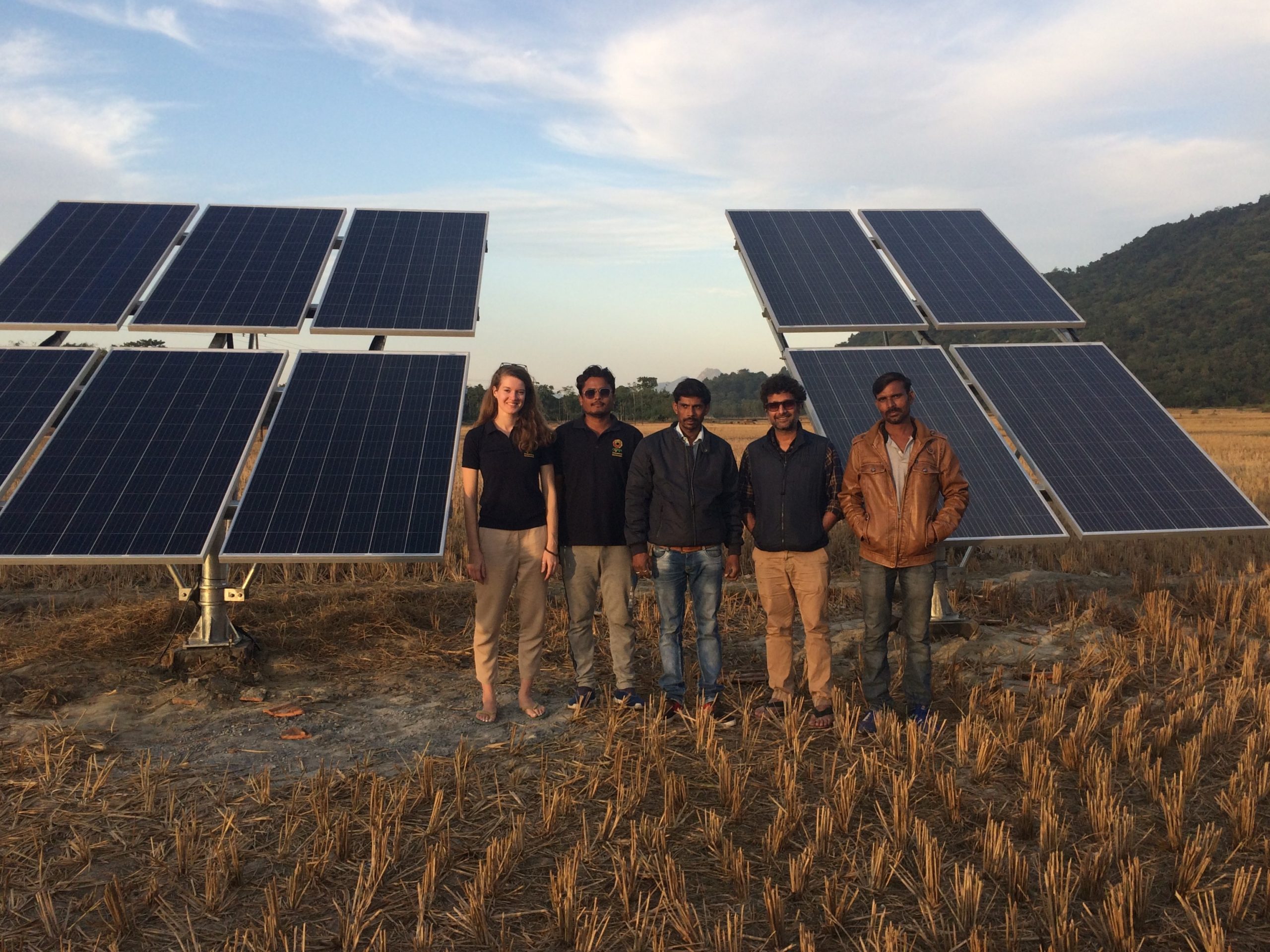- How global threat actors are weaponizing AI now, according to OpenAI
- The viral Air Purifier Table is my smart home's MVP (and it's on sale for $179)
- Grab the Galaxy S25 Edge for $170 off and get a free Amazon gift card - but act fast
- How I learned to stop worrying and love my health tracker
- I found a free iPhone 16 deal that doesn't require a trade-in (and applies to Pro models, too)
Innovating Solutions to Climate Change: Cisco Global Problem Solver Challenge 2021 – Cisco Blogs

We recently announced the launch of our fifth annual Cisco Global Problem Solver Challenge, with prize money totaling $1 million USD. The Cisco Global Problem Solver Challenge is a competition that awards cash prizes to early-stage technology entrepreneurs solving the world’s most pressing social and environmental problems.
Increasing greenhouse gas (GHG) concentrations in the Earth’s atmosphere trap heat, drive up global temperatures, and impact the Earth’s ecosystem. Despite several decades of heightened visibility, GHG concentrations remain well above historical norms, now exceeding 415 parts per million (ppm) according to data recorded at the Mauna Loa Observatory. The rate of increase is actually accelerating. The problem is both getting worse, and getting worse more quickly.
Over the last 15 years, many companies have responded to this environmental challenge by reducing GHG emissions from their own operations, products, and supply chains. Recently, companies have announced their intent to be carbon neutral; meaning the company and its activities result in no change in GHG concentrations in the Earth’s atmosphere. Similar terms such as carbon zero, net zero, carbon negative and even carbon positive are also used.
Our need to reduce GHG emissions is immense and global, spanning all countries and most human endeavors. No one solution can solve such a broad problem. Innovation across multiple disciplines is needed by large, multinational companies, local startups, and individual entrepreneurs. To encourage innovation from startups and individuals, Cisco is offering a Greenhouse Gas Solutions Prize as part of the Cisco Global Problem Solver Challenge 2021.
This Greenhouse Gas Solutions Prize will be awarded to the team using technology to address increasing GHG emissions in the Earth’s atmosphere. The winner of the prize will be awarded $50,000 USD—in addition to any other prize the team may win—to accelerate the further development of their solution. There are several categories of solutions within the scope of this Greenhouse Gas Solutions Prize, and examples are provided below:
- Reductions in GHG emissions released during a product or process life cycle
Our Cisco Global Problem Solver Challenge 2020 Grand Prize winner, Savanna Circuit Tech, incorporated this first approach into their winning solution. Although Savanna Circuit Tech primarily addresses post-harvest losses across value chains, their solution includes a mobile, solar-powered milk chiller. This chiller reduces GHG emissions that would otherwise be released by traditional refrigeration technology powered by fossil fuels.
Our 2019 Grand Prize winner, Oorja, replaced diesel engines with pay-as-you-go, community, solar pumps to provide more affordable irrigation in rural India. Co-founder Clementine Chambon, Ph.D., shared, “Replacing diesel engines, using energy as a catalyst for economic development and creation of jobs, and combating climate change—these are the three core elements of our mission.”
- Direct removal of GHG emissions from the atmosphere
For many activities, it isn’t possible to release zero GHG emissions, so solutions in this category would remove GHG emissions already in the atmosphere. One example is a Dendra Systems seed-planting drone for ecosystem restoration. The drone seeds trees that remove CO2 from the air using photosynthesis. By using data science, artificial intelligence, and drone automation technology, Dendra is able to accelerate and scale land rehabilitation.
Another exciting GHG removal solution comes from Carbon Engineering, which works to capture CO2 directly from the atmosphere with its Direct Air Capture technology. The technology pulls in air and extracts CO2 through a series of chemical reactions.
- Economic use of removed emissions or byproducts
One GHG removal solution reported in the literature involves converting industrial gases, like CO2 emissions, into carbon-based nanomaterials, such as carbon nanotubes (CNTs) and carbon nanofibers. These new materials are then used in a variety of different high-tech applications. South Africa-based Clean Carbon Technologies (CCT) places carbon capture near the source of a factory’s CO2 emissions. Gases are collected and stored in large cylindrical containers, which are transported to a processing facility where the gases are converted into CNTs and carbon nanofibers.
- Implementation of already proposed solutions (such as from Project Drawdown®)
Teams may also draw inspiration from Project Drawdown, a nonprofit organization that seeks to stop climate change by helping the world achieve “drawdown,” the point in time when levels of GHG in the earth’s atmosphere stop rising and begin to decline. The Project Drawdown website and book describe over 80 solutions that have been assessed by a team of experts as possible and scalable solutions to GHG emissions. Innovative methods to advance global implementation of any of these solutions are invited.
We encourage creativity in developing other innovative solutions that slow or stop—or even reverse— the increase in GHG concentrations in the Earth’s atmosphere. Because the GHG problem is complex, submissions may use technology to build process infrastructure, educate, monitor progress, or otherwise build conditions that facilitate understanding and consensus.
Interested? Apply to win!
If you have an innovative solution that you think could win the Cisco Global Problem Solver Challenge 2021 Greenhouse Gas Solutions Prize, please visit our website to register and learn more about the application process. The application deadline is January 29, 2021, at 5 p.m. Pacific Standard Time.
Share:


